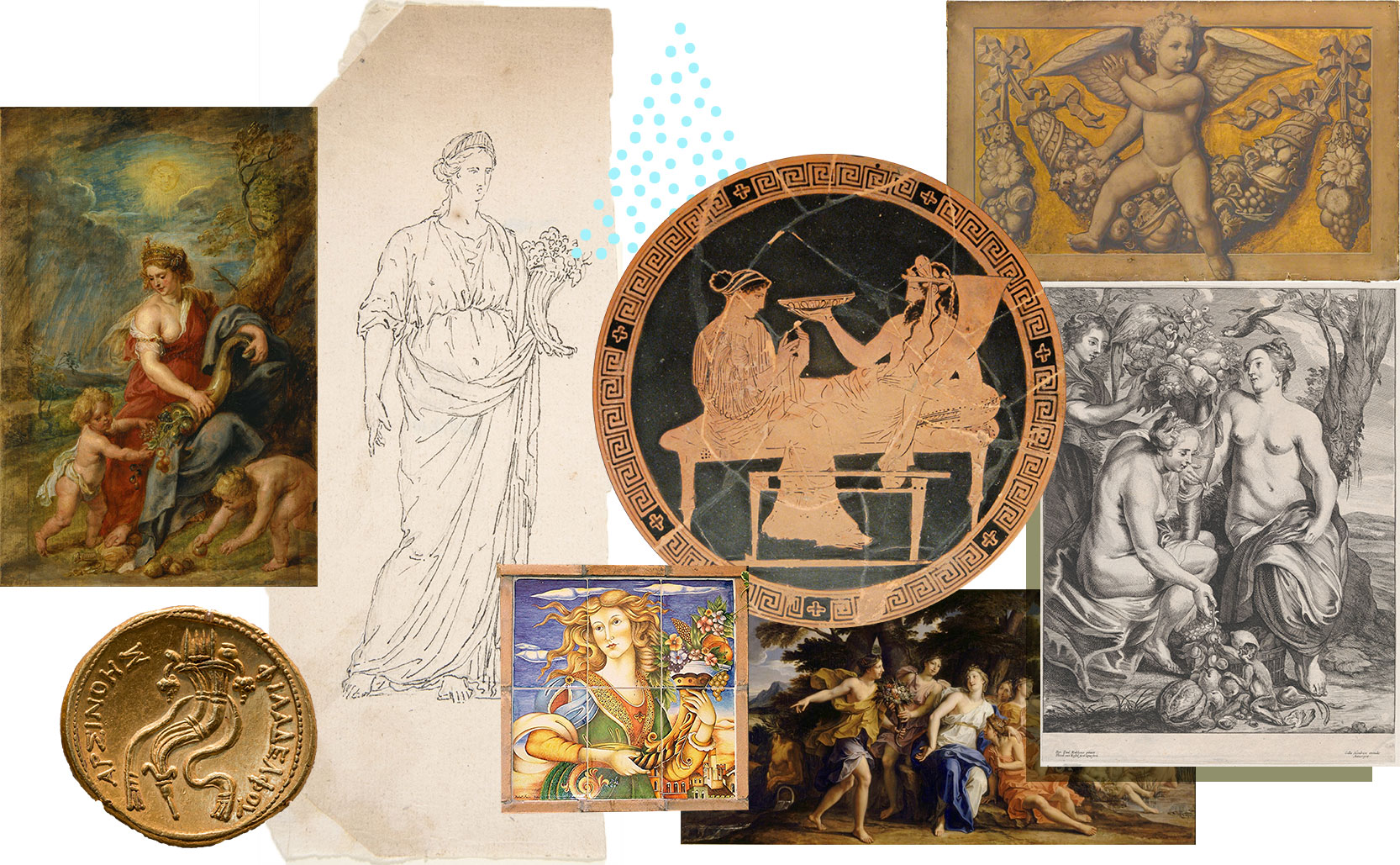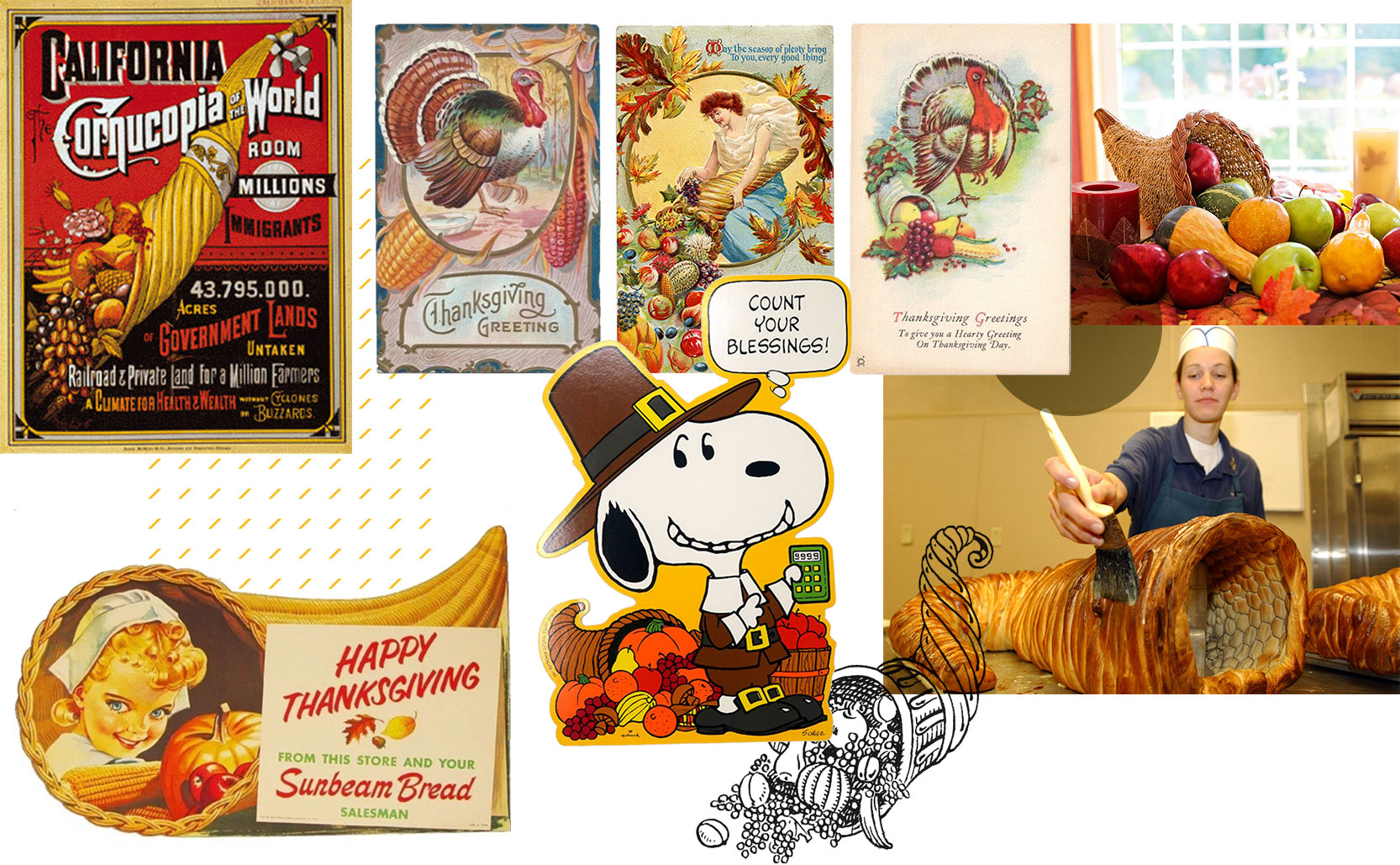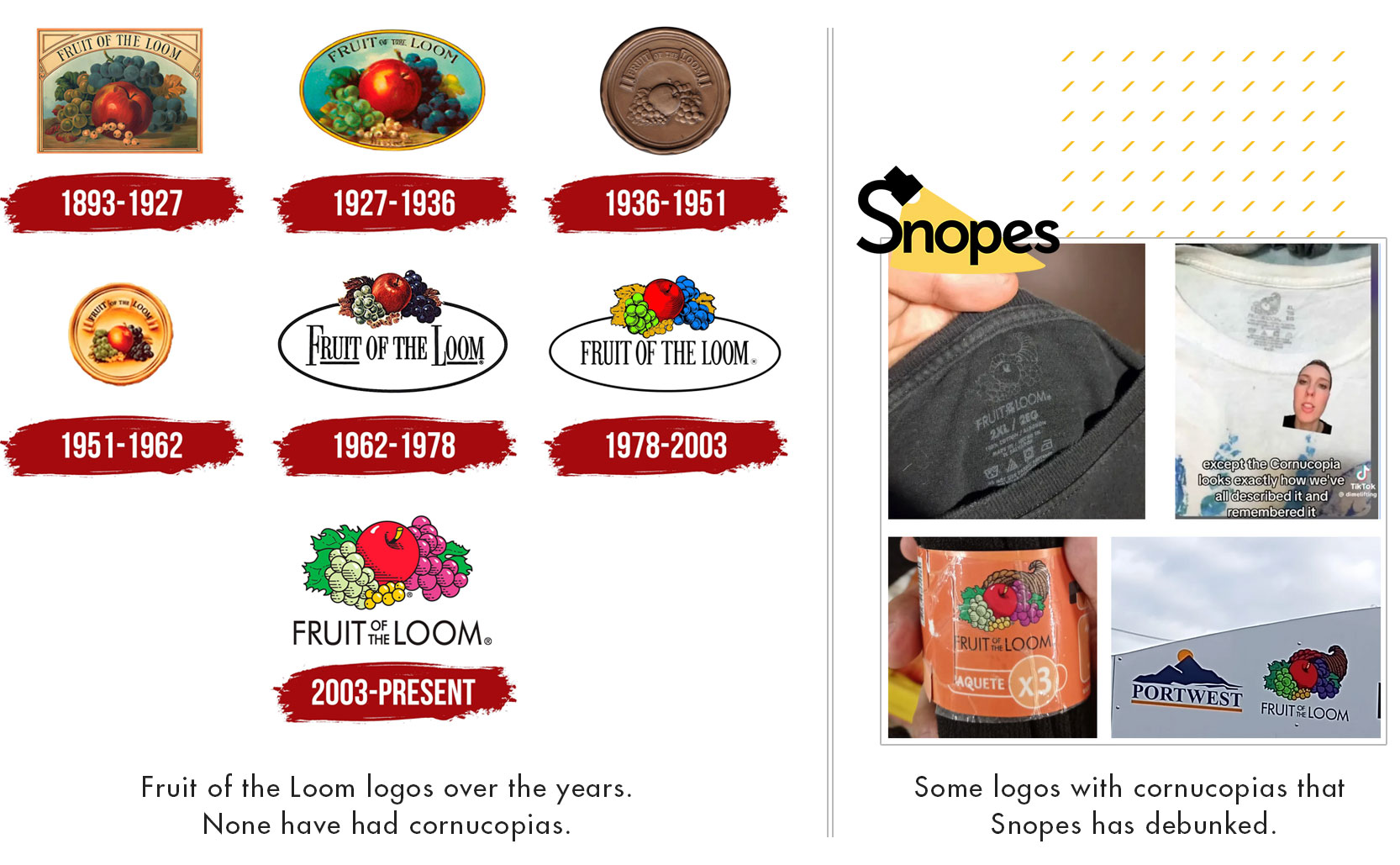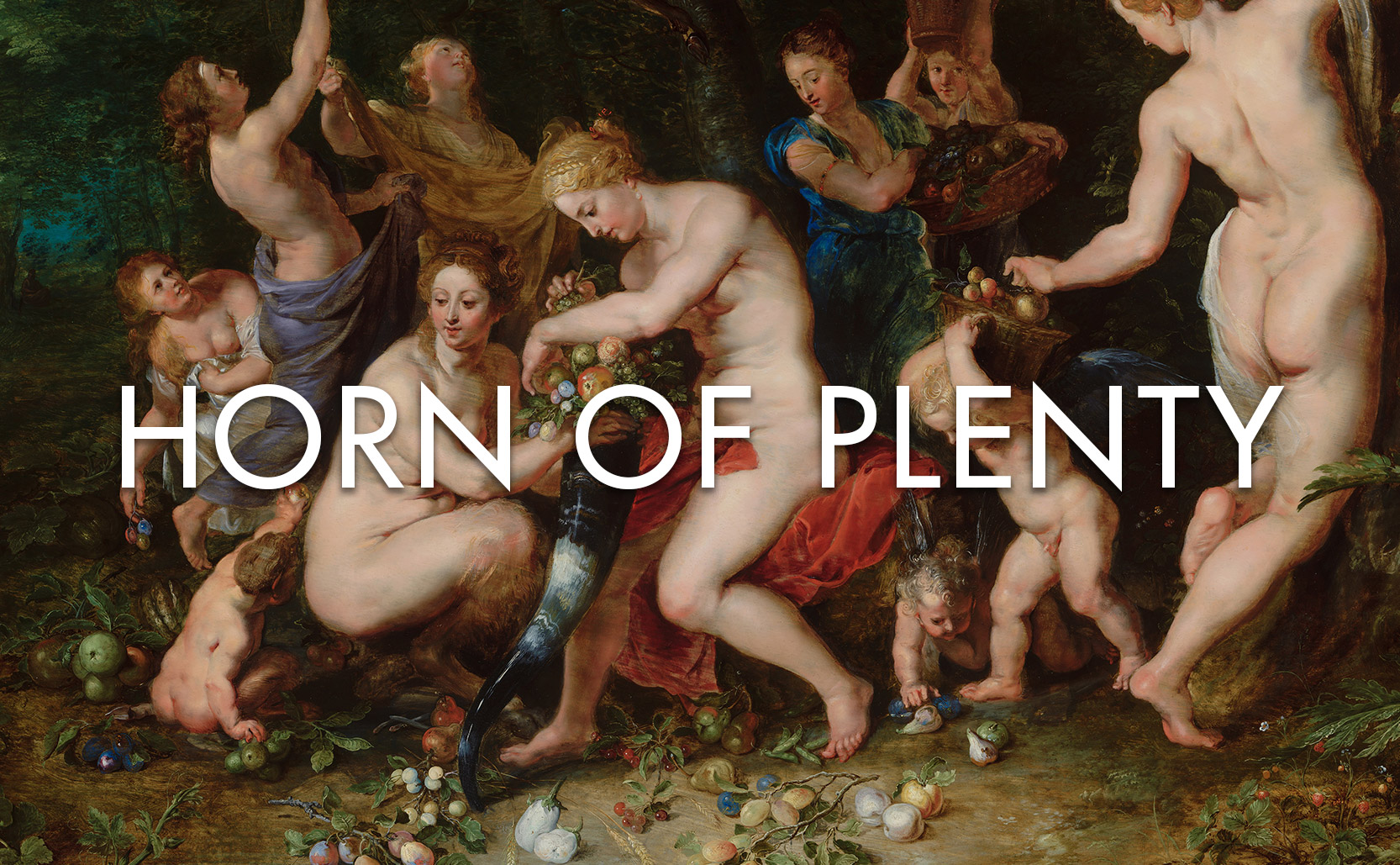Horns of Plenty
From Zeus, to the arts, to Thanksgiving the cornucopia has long represented abundance.
The horn of plenty, aka the cornucopia, is a horn filled with harvested foods. Fruits, vegetables, nuts, flowers, etc. are typically seen spilling over out of the horn as a symbol of abundance and good fortune.

Greece Lightning
The cornucopia (from the Latin “cornu” for horn and “copia” for abundance) like many Roman things came from the Greeks. When the Greek god Zeus was born he was hidden away by his mother Rhea from his father Cronus in a cave on Crete. A prophecy had foretold that one of Cronus’s children would overthrow him and so, to prevent this, he turned to eating his children (in the 19th century this gave us the incredible black painting by Francisco Goya of Cronus’s infanticide & cannibalism).
While being raised in hiding Zeus was tended to by a goat name Amalthea. One day Zeus accidentally broke off one of Amalthea’s horns, a horn which then magically supplied him with an inexhaustible amount of food & drink. The horn of Amalthea was the first cornucopia.
An alternate origin story was of Heracles/Hercules fighting the river god Achelous and tearing off one of his horns. The cornucopia went on to become a symbol associated with several ancient gods in different cultures (Greeks, Romans, Celts) with ties to harvest, prosperity, and abundance.

Abundance motiff
It’s this association with harvest and abundance that it became a part of Thanksgiving. By the 1870s the cornucopia was being used as symbolic shorthand in art for the gift of food that the Native Americans provided to the Pilgrims at the first Thanksgiving.
Beyond Thanksgiving the cornucopia can be found around the arts. It’s frequently seen as an embellishment in classical architecture on columns and in friezes. It is also a part of several political emblems such as the coat of arms of both Colombia and Peru as well as the flag of Idaho.

Fruit of the Loom
Outside of Thanksgiving perhaps the most famous use of the cornucopia is in the logo for apparel manufacturer Fruit of the Loom … or is it? While the logo contains fruits & leaves it has never, ever, included a cornucopia. Snopes has a long post debunking this misconception.
The Fruit of the Loom logo is a great example of the Mandela Effect, a psychological phenomenon where people have a collective false memory about something. It’s named for people wrongly thinking Nelson Mandela died in prison in the 1980s. There are lots of examples of the Mandela Effect around pop culture but people misremembering the Fruit of the Loom logo is a classic.
Added info: released in 1972 Black Sabbath has a song called Cornucopia. The song is about how people are easily deceived by wealth and materialism.


